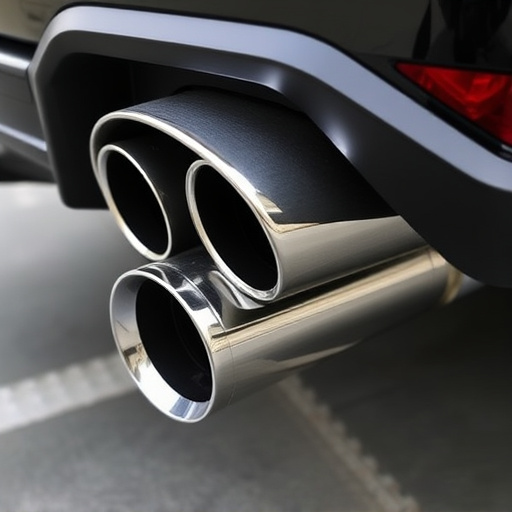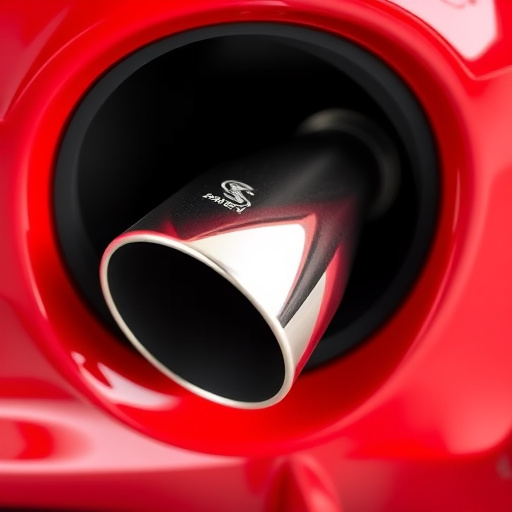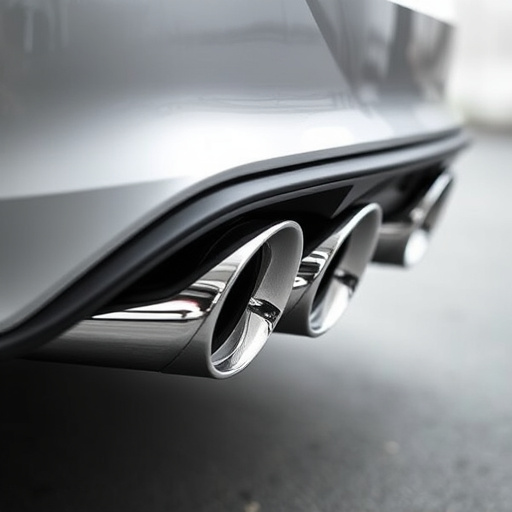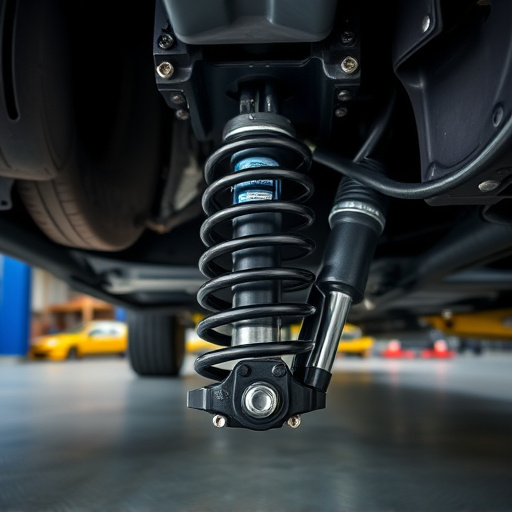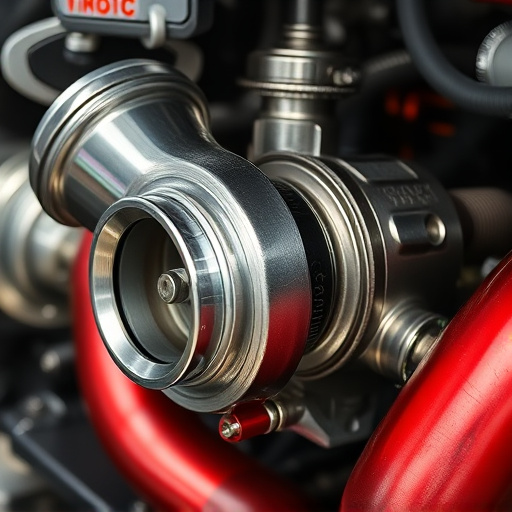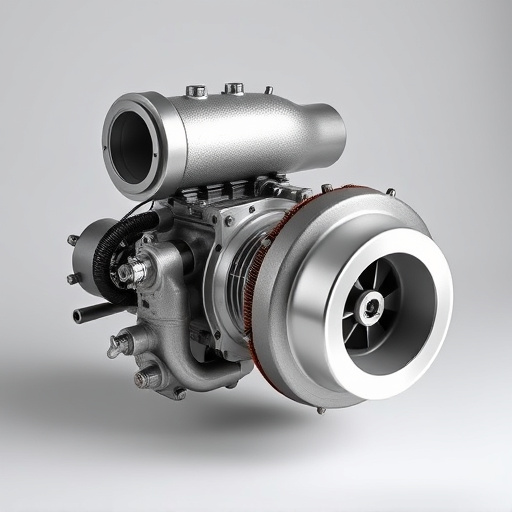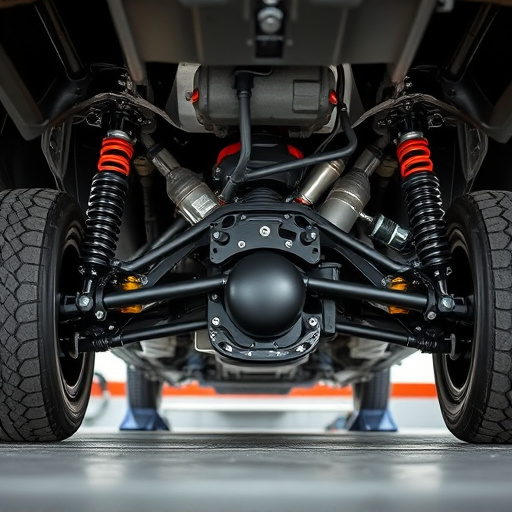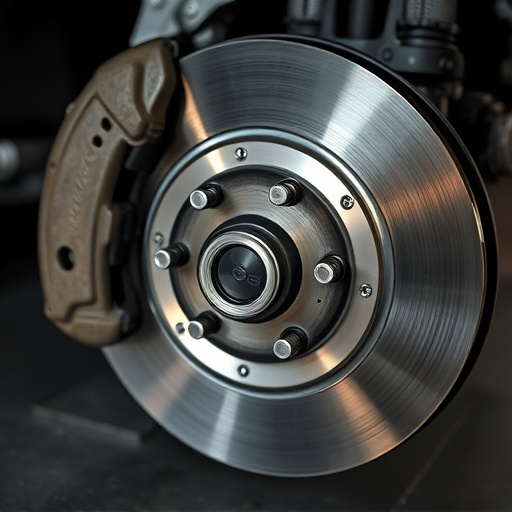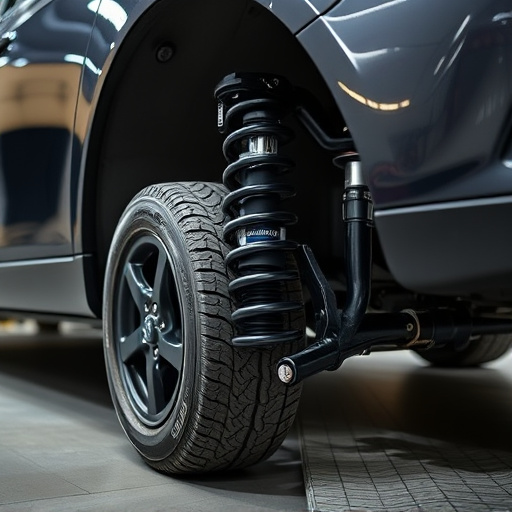Sway bar bushings are crucial components of a vehicle's suspension, absorbing shock and vibrations for better handling and a smoother ride. Installation requires specific tools like socket wrenches, an impact gun, safety gear, an air compressor, and an air filter kit. The process involves lifting the car, removing the old sway bar and bushings, cleaning mounting surfaces, installing new bushings with correct alignment and torque, then lowering and testing the vehicle.
Sway bar bushings, a crucial component of your vehicle’s suspension system, ensure smooth handling and stability. This comprehensive guide delves into the essential tools and techniques for installing sway bar bushings safely and efficiently. From understanding the components and their functions to navigating the installation process step-by-step, this resource equips you with the knowledge to enhance your vehicle’s performance and safety. Discover the best equipment and expert tips for a successful sway bar bushing replacement.
- Understanding Sway Bar Bushings: Components and Functions
- Essential Tools for Safe and Efficient Installation
- Step-by-Step Guide: Installing Sway Bar Bushings Successfully
Understanding Sway Bar Bushings: Components and Functions
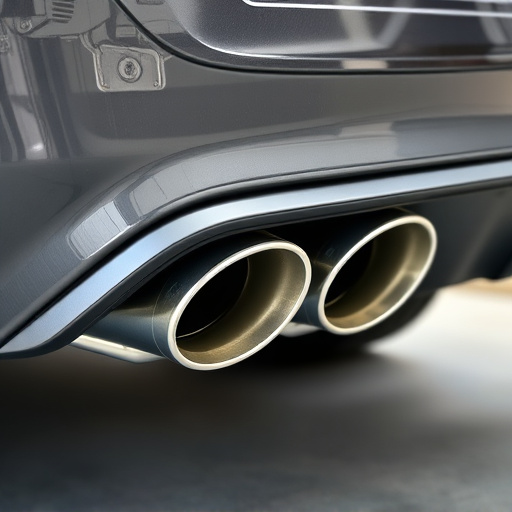
Sway bar bushings are integral components of a vehicle’s suspension system, playing a crucial role in maintaining stability and control while driving. These bushings act as connectors between the sway bar (also known as anti-roll bar) and the vehicle’s chassis or suspension mounts. They allow for some degree of movement, facilitating the sway bar’s ability to reduce body roll during cornering, thereby enhancing handling and reducing weight transfer.
Comprised of a flexible rubber or polymer material with metal inserts, sway bar bushings absorb shock and vibrations, preventing excessive movement between parts. This not only prolongs the lifespan of the sway bar and related suspension components like brake rotors and suspension kits but also contributes to a smoother ride. By dampening road irregularities, these bushings help maintain the alignment and integrity of critical brake components, ensuring optimal vehicle performance and safety.
Essential Tools for Safe and Efficient Installation
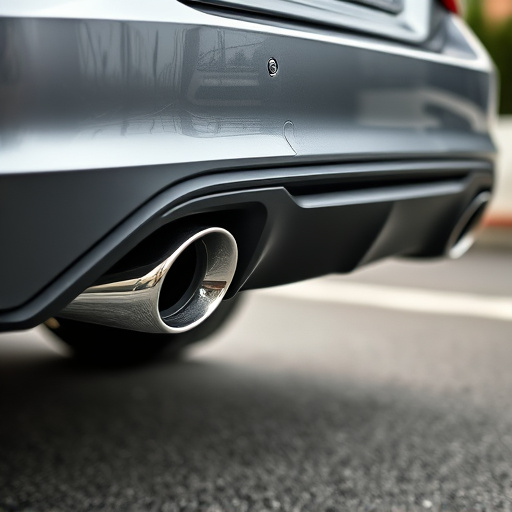
When it comes to installing sway bar bushings, having the right tools is paramount for a safe and efficient process. Here are some essential items that every automotive enthusiast should have in their toolkit. First and foremost, a set of high-quality socket wrenches with various sizes will allow you to securely fasten the bushings without any damage to the vehicle’s suspension components. Additionally, an impact gun can significantly speed up the installation process, making it easier to manage even tight or stubborn fasteners.
Don’t overlook the importance of safety gear, such as work gloves and safety glasses, which protect your hands and eyes from debris and potential hazards. An air compressor is another valuable addition, especially when dealing with components like brake rotors or muffler tips that may require compression relief during installation. Lastly, an air filter kit can be useful for maintaining clean air flow in the engine compartment as you work on critical suspension parts like sway bar bushings.
Step-by-Step Guide: Installing Sway Bar Bushings Successfully
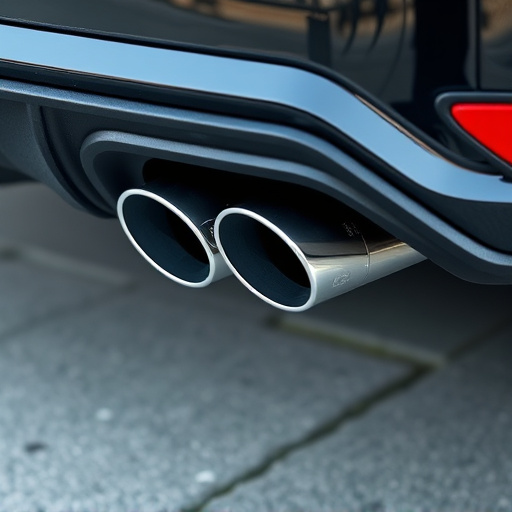
Installing sway bar bushings is a crucial task for any car enthusiast aiming to enhance their vehicle’s handling and stability. Here’s a step-by-step guide to ensure the job is done right, resulting in improved performance and safety. First, gather the necessary tools and equipment, including a jack, jack stands, socket sets, torque wrenches, and new sway bar bushings designed specifically for your vehicle model. Next, raise the car using the jack and secure it safely with jack stands, ensuring stability during the installation process.
Remove the existing sway bar by detaching the end links and taking note of their positions. Carefully separate the sway bar from its mounting points, being mindful of any retaining clips or bolts. Now, locate the bushings on both sides of the sway bar. These bushings absorb shock and vibration, ensuring smooth suspension movement. Remove the old bushings, cleaning the mounting surfaces to ensure a secure fit for the new ones. Install the new sway bar bushings by aligning them with the mounting holes and tightening them to the specified torque using the appropriate torque wrenches. Ensure all components are securely fastened before lowering the car and removing the jack stands.
When installing sway bar bushings, proper tools and a thorough understanding of the process are key. By following this guide and utilizing the recommended equipment, you can confidently tackle this task, ensuring your vehicle’s stability and safety on the road. Remember, quality sway bar bushings paired with the right installation methods will contribute to improved handling and a smoother ride for years to come.

